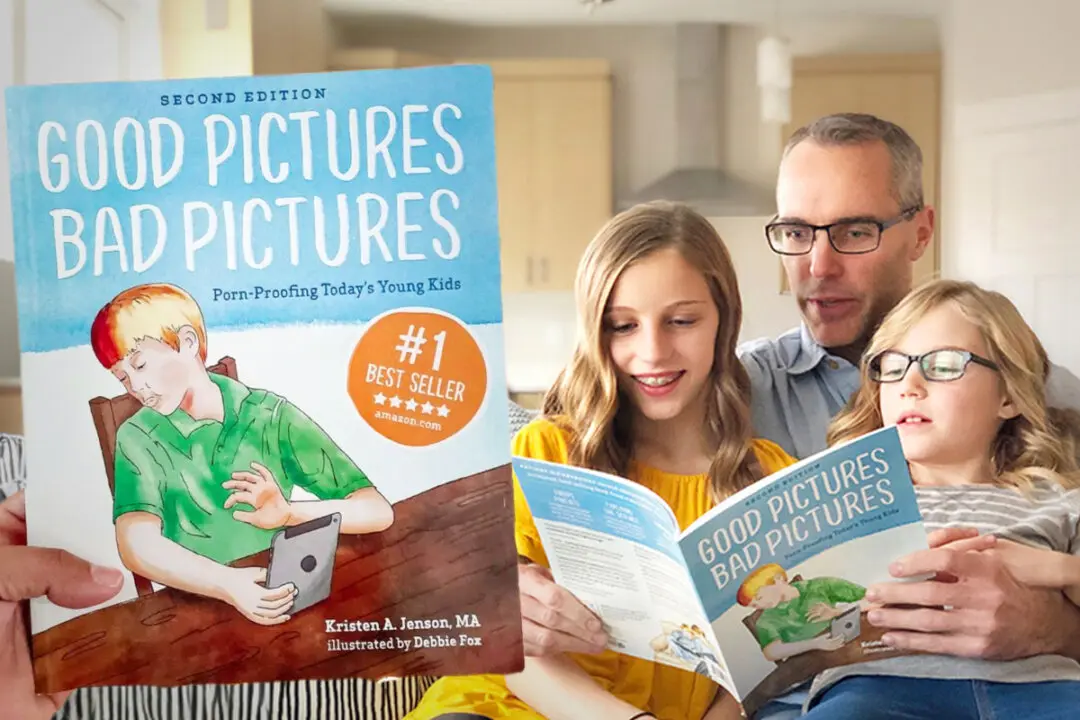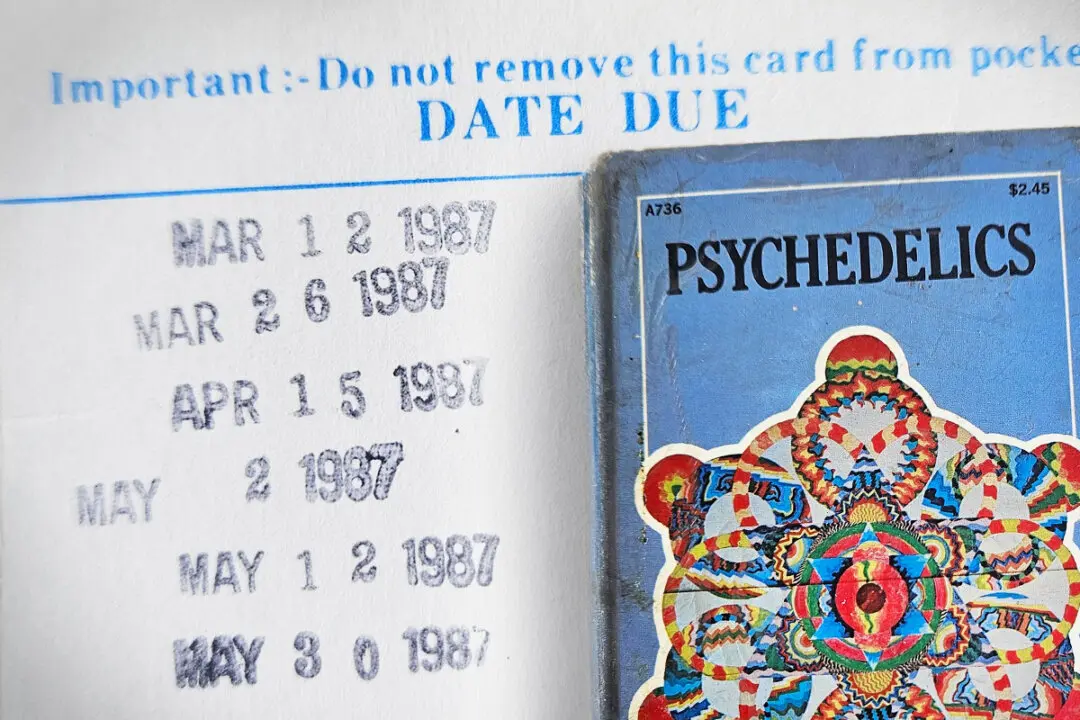What have you given up so far this year? Far from trying to make you feel bad (we live in a land of plenty, after all), it’s an interesting thought experiment.
Take disposable products, for example. It’s a fallacy that landfill sites have infinite capacity: just because we can’t see them doesn’t mean they’re not filling up. It could stand us all in good stead to take a look at the disposable products we consume and make a concerted effort to lighten the load.

Here come the aggressive statistics: Americans throw away approximately 185 pounds (roughly 84 kilograms) of plastic every year (per person), and dry their hands on 13 billion pounds (approx. 5.9 billion kg) of paper towels (collectively). However, change is easier than you think. It takes willingness to change the habits of a lifetime, that much we know. Indeed, for anything to become habit, it has to be practiced over and over again. But if the practice is a good one, it will stick.
Plastic bags are great, and reusable bags are both pricey and harder to find. But more and more kitchenware stores are stocking heavy-duty, reusable, silicone zip-top bags that can go in both the freezer and the microwave.
You could even consider buying (or making, for the crafty among you) your own Japanese-style “bento box.” It’s essentially a lunch box, but for adults. Storing your lunch in a reusable container will do away with the need for disposable wrapping.

Apparently, Americans only recycle 30 percent of the recyclable materials that they consume. Sounds silly, doesn’t it? “Milk, eggs, Tetra Pak cartons, pizza boxes, and plastic deli and pet food containers are also items that may be accepted at local recycling centers,” Kristen writes, drawing our attention to the lesser-noticed recyclable packaging items in our kitchen stock.
Exercise diligence. Remember what we said earlier: it won’t be long before it becomes a habit. Check packaging before you throw it into the generic trash, and ask, “Can it be recycled?”
Here’s a neat trick: every time you have a seasonal wardrobe cull, hang on to those old cotton T-shirts and towels. Cut them up, and you’ll have ideal scraps of material for wiping down surfaces or cleaning windows. You can even throw them in the washing machine and use them again.
Ever heard of bamboo paper towels? Neither had we, until recently! They’re more expensive than the paper kind, but are stronger and more absorbent, thus will last longer, and to cap it off, they break down in landfills in just 45 days.
We live in a consumer society that wants to satisfy our every whim. As such, we buy a lot of things that are convenient but not sustainable. There’s often a more environmentally friendly option, if you take a moment to look for it. So, pledge to!
“The plastic window on that pasta box may make it convenient for you to see what the pasta inside looks like, but the mixed-material container can be a problem for some recycling facilities,” Kristen writes, urging us to be mindful. Another good trick, packaging-wise, is to specify minimal packaging when you order online. And never be afraid to offer feedback.

So, what do you think? Can you give these four practices a go in order to reduce non-reusable waste in your home?
You’ve got nothing to lose but your negative impact on the environment! (Forgive us: it’s true.)




